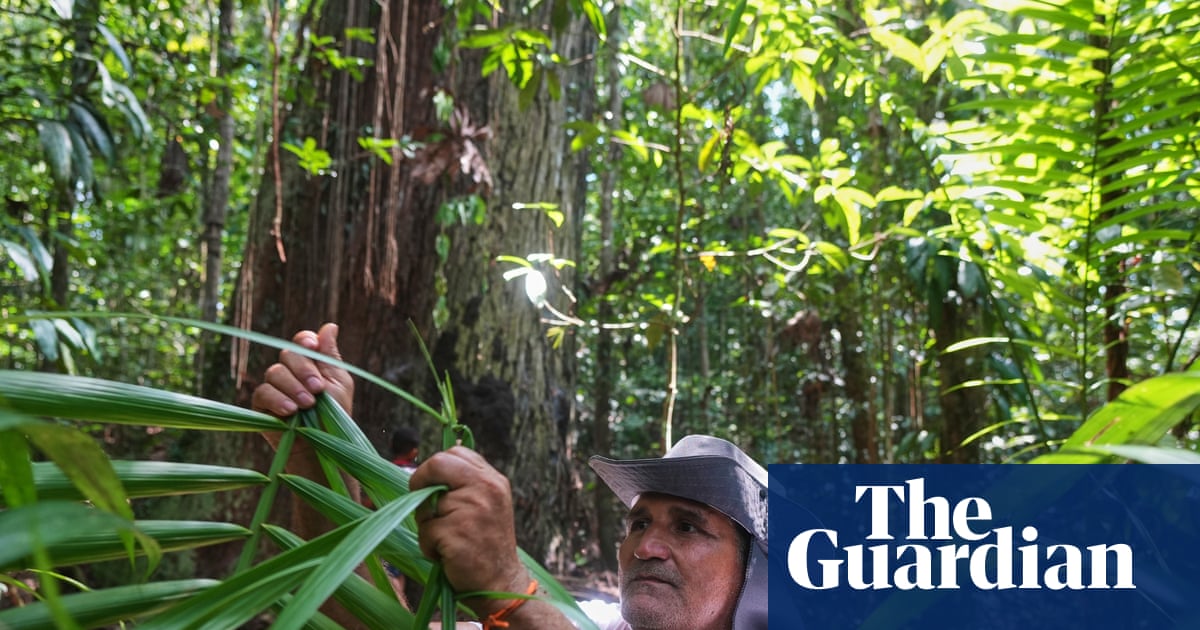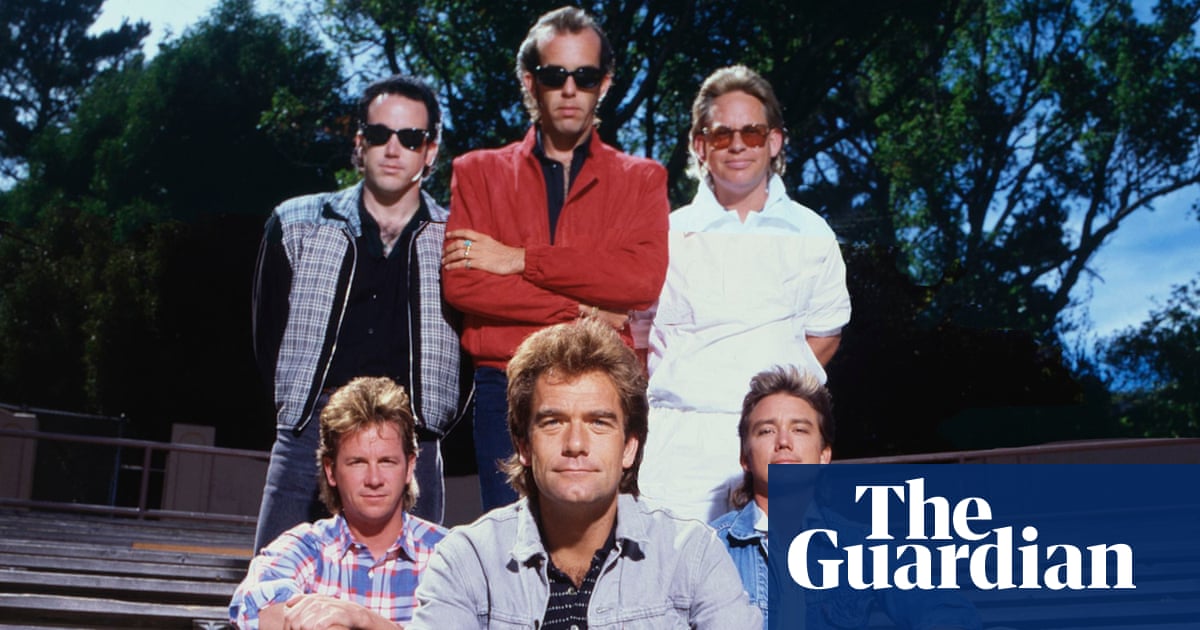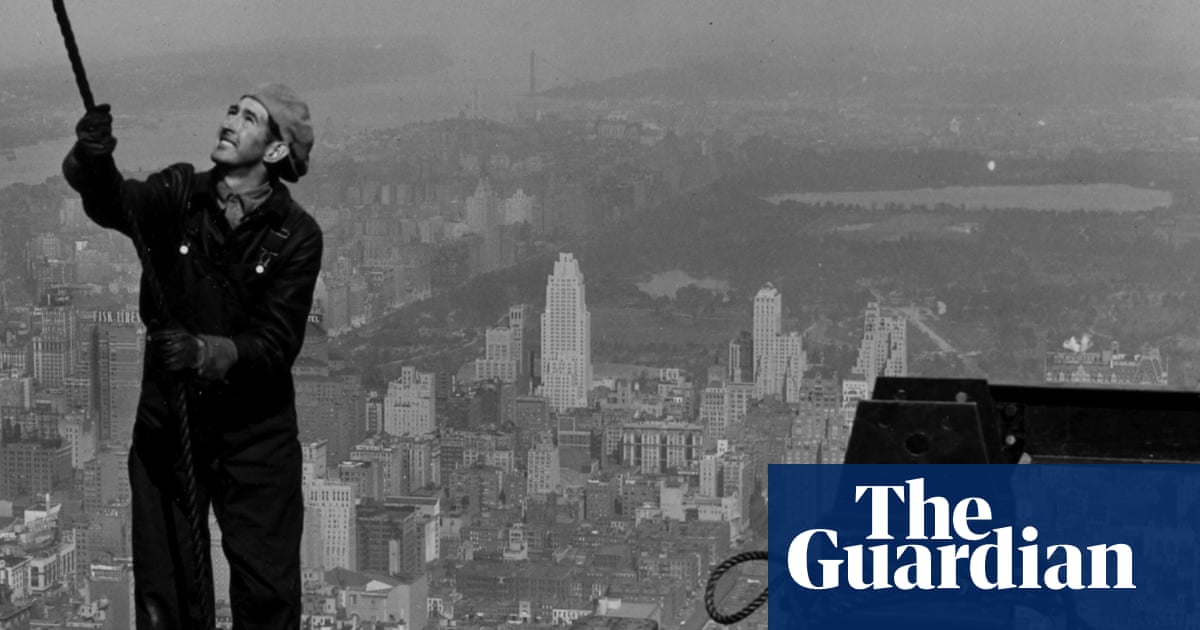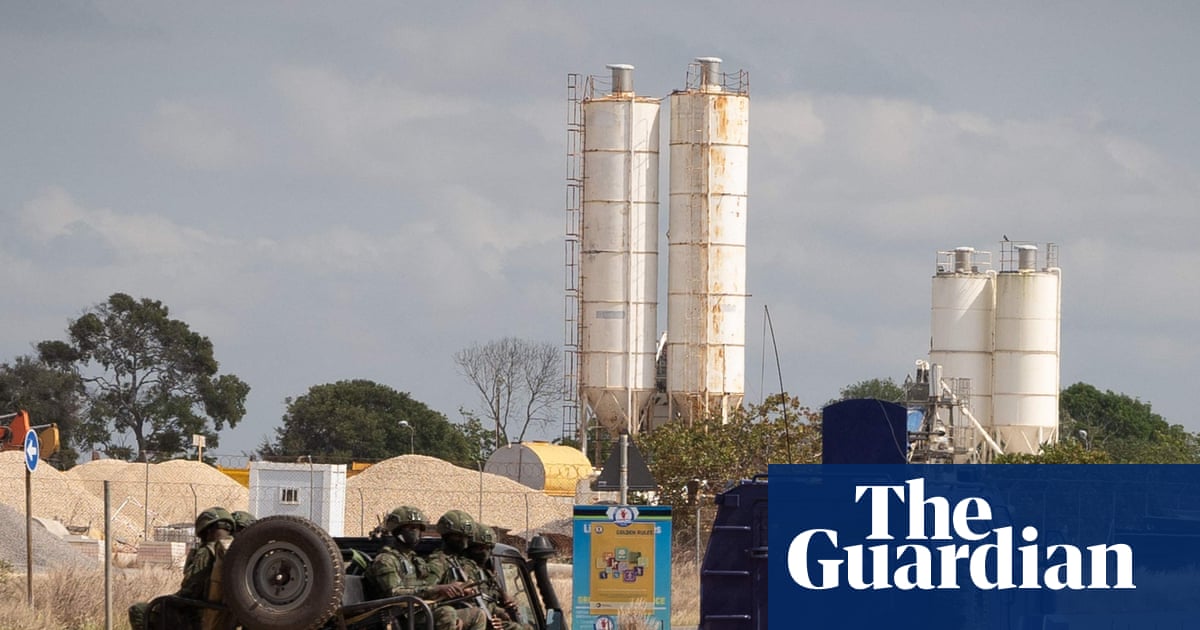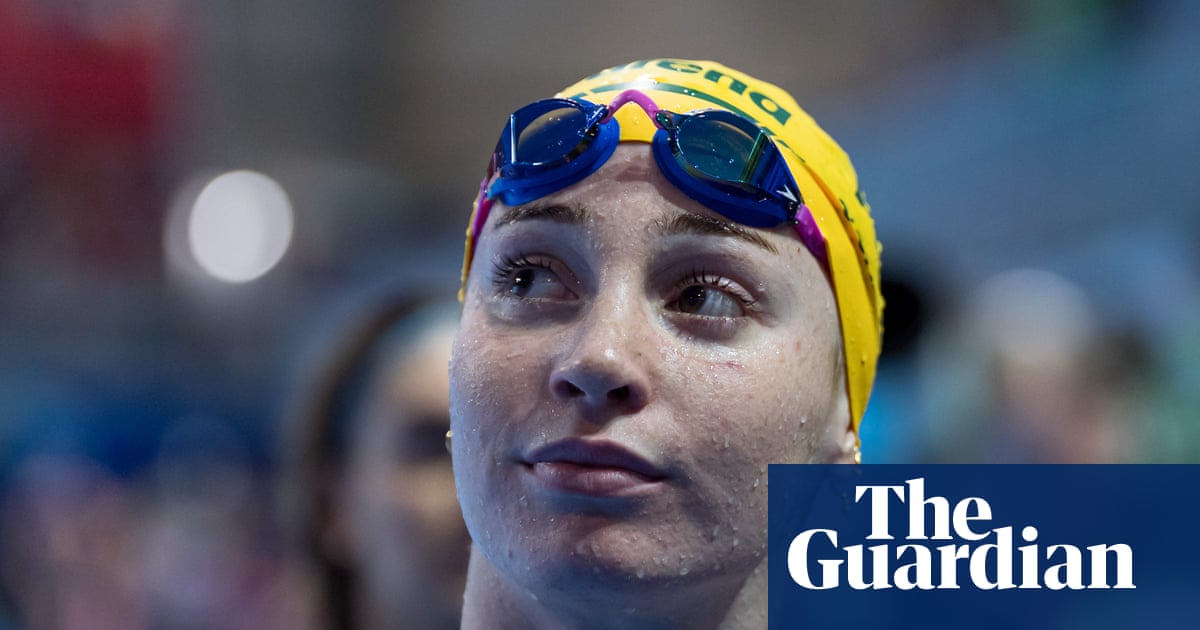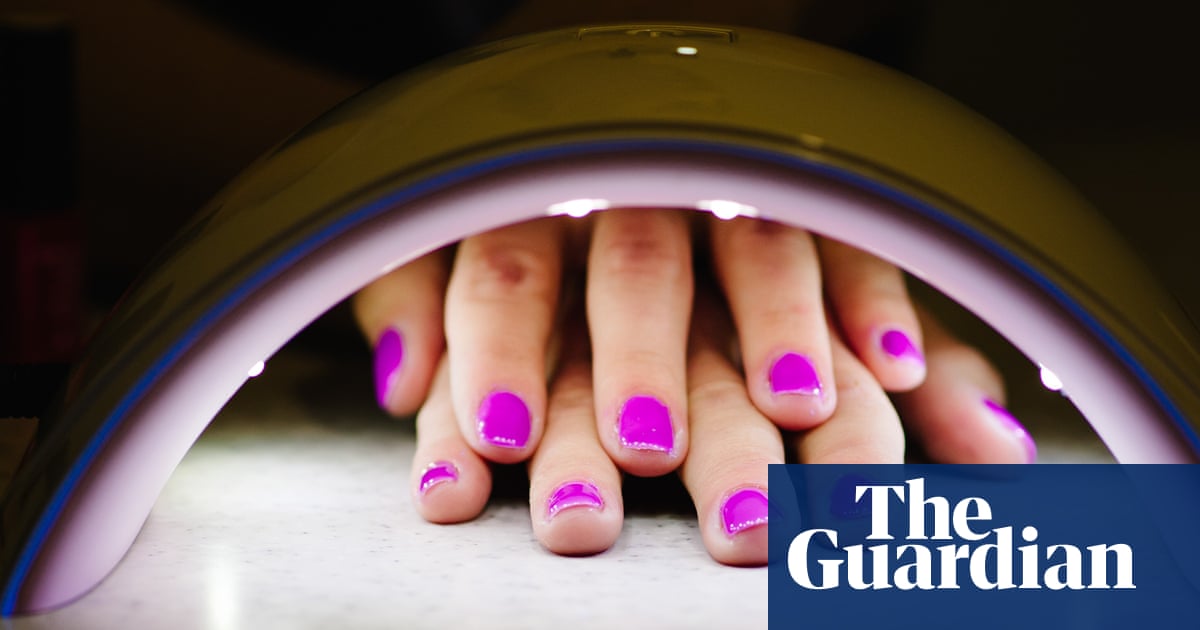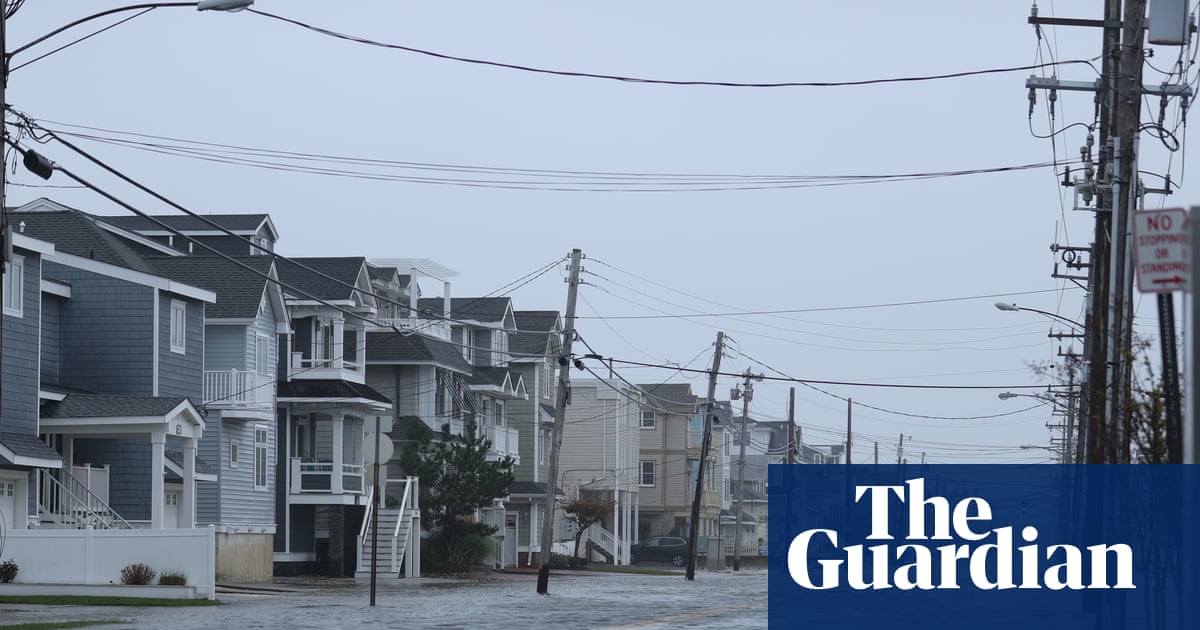Deep in a valley in the New Zealand wilderness, clear cold water rushes across moss-covered rocks.
In the morning the mist rises up and lays across the valley. In the afternoon sun glints on the Pearce River, shafts of light filter through native tree canopy. It is a fecund, primeval place. The water has flowed down through tunnels in Mount Arthur, in South Island’s north-west, to meet at the Pearce Resurgence at its base. On the surface it looks innocuous, a calm pond. But beneath it is one of the largest and deepest cave networks in the world; unfathomable, an unknown habitat, seemingly bottomless.
Its difficulty is legendary among cave divers. To none more so than the anaesthetist and underwater explorer Dr Richard Harris, who has plunged into its dark recesses many times before he attempted a dive that no one had done before.. “It’s an intensely intimidating place to be,” Harris says in the documentary film Deeper, released this week.
“You enter this cave that just seems to swallow you as you go into it. It’s black. You come to this abyssal drop which goes over an edge and drops down to 100 metres in depth.”
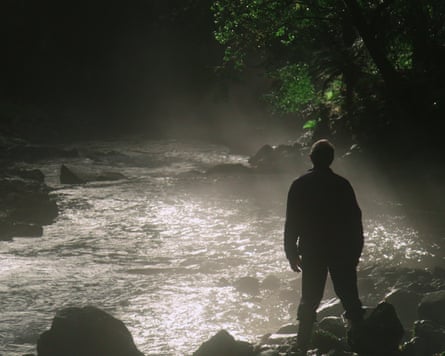
And then it just keeps going.
Most people’s most fundamental fear would be of being underground and underwater with a finite amount of air but to Harris underwater caves contain great beauty. To him these hostile places are mysterious hydrological puzzles waiting to be solved.
“Each cave is different and uniquely formed,” he tells the Guardian. “It’s an extraordinary world down there. This feeling of swimming into a new passage which you are the first person to lay eyes upon is very addictive and very exciting.
“It’s very hard to describe but it gets into your system … The more you do it the more you need to do it.”
Diving the Pearce Resurgence became an obsession he couldn’t explain.
There, in 2007, diving with two “gods” of cave diving, Rick Stanton and Dave Apperley, Harris’s suit flooded, he got the bends and had to be treated with oxygen. The feeling of failure was hard to shake. “I could not stop thinking about that cave,” he says in the film.
In 2008 he went down to 182 metres, further than Stanton had in 2007. He badly wanted to go further and deeper. He couldn’t let it go. But he was already at the outer reaches of doing so safely.
“We risk our lives every time we put our head under,” Harris says. He has been moments from death. He has been stuck in extremely tight caves. His biggest fright was 1.7km into a cave when silt came up and he couldn’t see the little crack to go back through.
“I really just couldn’t get myself back through it, so I had to start taking equipment off and pushing it through the hole to come out.” But, he says: “If you panic you are going to die. When you feel the visceral fear starting to rise you can actually talk to it and tell it, ‘This is not helping, I’ve got to concentrate on the problem.’”
One particular problem would propel Harris into the international spotlight: in 2018 he and his diving companion Craig Challen became global heroes and were named Australians of the Year for their role in the rescue of 12 boys stuck in a flooded Thai cave. Despite that acclaim, Harris says he never felt confident as a person and suffers from anxiety. But when he puts his head under water his anxiety and self-doubt wash away.
In February 2023 Harris assembled a crack team of his boffin diving friends to attempt a descent into diving history. Harris wanted to be considered an elite diver. Pearce could deliver that proof.
The Pearce Resurgence is so remote that people with equipment have to be flown in by helicopter. The water is 6C year-round. The divers will spend 13 to 16 hours in this water, most of it decompressing. It is a cold, wet place for camping. “Everything is wet,” says Deeper’s director, Jennifer Peedom, who went on a later trip. “There was no phone signal and only a 15-minute window for a satellite signal.” There would be no help coming if the mission failed.
But, says Harris: “Being in that beautiful bush with a group of friends having a beer and a campfire is a big part of it.” Says Peedom: “They literally put their lives in each other’s hands. There is a real sweetness that I found really unexpected.”

Challen had been a “willing accomplice” in exploring the Pearce Resurgence. But now, as Harris’s dive partner, their friendship would be tested to the limit. He would be Harris’s “support and observer” at unplumbed depths.
In 2020 Harris had dived to 245 metres but suffered high-pressure neurological syndrome, which gave him hand tremors. Being unable to operate his equipment with his hands was extremely dangerous.
Now, he planned a radical new approach. He would introduce hydrogen as a breathing gas. It had never been used for deep diving. Its slight narcotic quality could fix Harris’s tremors, allowing him to go further. But there would be helium in the mix because hydrogen and oxygen alone would be too narcotic. This would become known as “the hydrogen experiment”.
If it worked, Harris would advance the science and technology of diving and future exploration. If it didn’t, Harris could explode.
It was a calculated risk. Or as Harris puts it, “informed risk acceptance”. He is a meticulous man. “I spent 18 months researching it, speaking to world experts,” he says. But his team of scientists at the camp were not entirely convinced. They would literally be in uncharted waters.
“I don’t think any of us were sure,” says the dive supervisor, Prof Simon Mitchell, a leading academic in diving medicine. “There were very significant risks.”
Deeper was filmed over three weeks in the days counting down to the Resurgence dive. It documents things going wrong with the more than 80kg of equipment the drivers carry – dry suits, electric heated undergarments, cylinders, weight belts, hoses. There were leaks, small failures. “A failure point in the dry suit can be disastrous,” Mitchell says.
One day before the big dive day the film shows Challen making the agonised decision to pull out. He does not have a good feeling. He is not in a “tip top” frame of mind, he says – he has been too busy to prepare properly. Harris understands: “You need to be in the right headspace with a super positive attitude.”
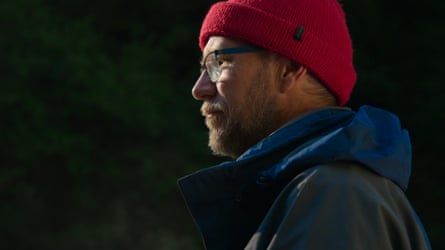
But then Challen has an “attitudinal change”. He decides to do it. If, he says grinning, Harris explodes: “I will pick up as many pieces as I can to bring back home.” They both say that if it goes wrong neither of them want anyone to risk their lives to collect their bodies.
The night before Harris obsessively checks his equipment. He lies awake visualising the dive, anticipating when things could go wrong and how he would respond.
And the day arrives. At 5am there is a distant glimmer of an apricot sunrise. As he always does, Harris wants to be left alone with his thoughts. “I like peace and quiet while I’m just slowly getting dressed in all the gear, so I don’t work up a sweat and get my heart rate up.”
It’s still dark when, looking like astronauts, the men slide into the cold water. Blue flippers disappear under a rock ledge as they begin the descent.
Down, down, down they go. And keep going. At 180 metres Harris has the tremors. At 200 metres the moment arrives. He flicks a switch to stop breathing the helium mixture and start breathing the hydrogen mixture. It is, he says, “an intimidating moment”. There is a hiss in the cylinder, a few cautious sips and he is alive and the tremors are easing. He does not blow up. “I felt incredibly relaxed and in control at that depth for the first time ever. I thought, ‘Wow, I could just keep going.’”
But he turns back at the agreed 230 metres.
And so began the 12-hour decompression ascent. They decompress in a series of watertight chambers with breathable gas placed at 40 metres (one hour), 28 metres (two hours), 16 metres (four hours), 7 metres (five hours). By the time they reach the third chamber, “We were sort of looking at each other with dopey smiles on our faces and not really talking because we were thinking about that moment,” Harris says. “It was sublime, it was amazing.”
It’s dark when they approach the surface, a circle of faces and torches looking down at them.
Now with the “pride and achievement” of making diving history, Harris says, it is finally “enough”. He can’t keep doing this to his wife, Fiona, who without communication at the Pearce Resurgence has had an agonising wait at home.. “I shouldn’t need to get to the bottom of a cave in NZ to be OK with who I am,” he tells the camera.
He will not be returning to the Pearce Resurgence, he tells Challen.
“Well, where are we going then?” Challen asks.
-
Deeper is screening now in Australian cinemas

 4 weeks ago
22
4 weeks ago
22










